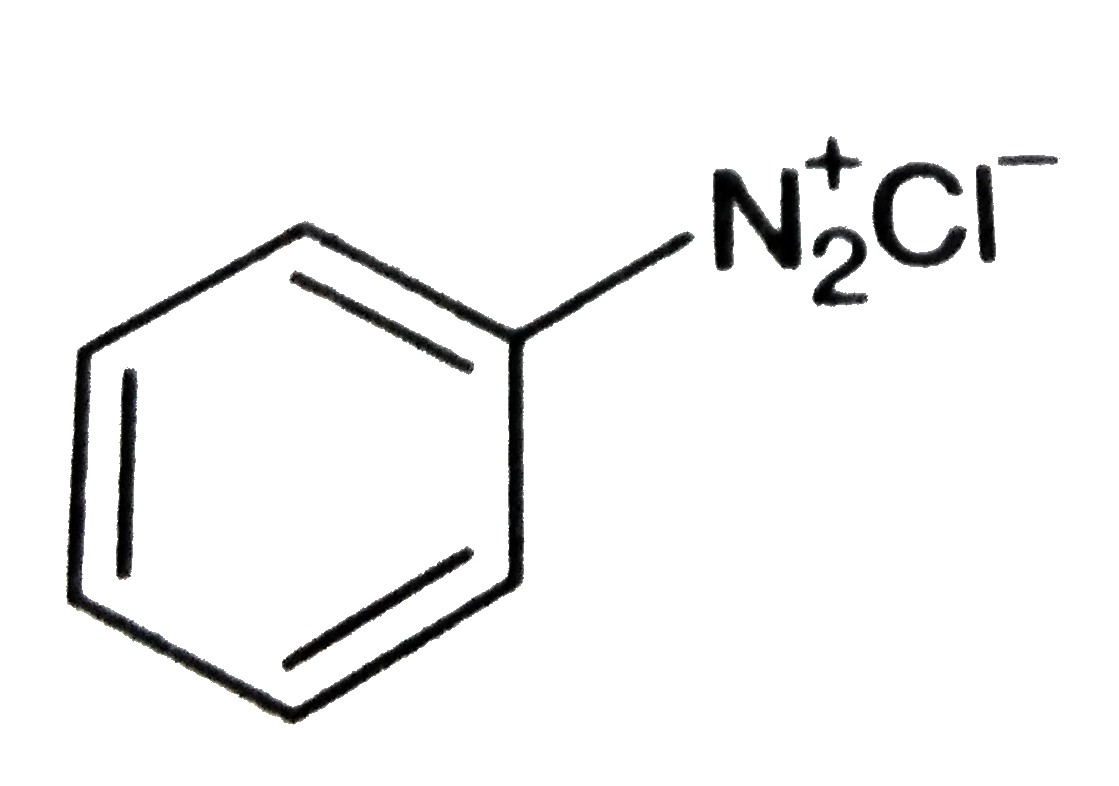'X'(salt solution)+AgNO3→'Y'(ppt.)Na3AsO3−−−−−→'Z'(yellowppt.) ⏐↓Soluble in dilNH3(aq)andNa2S2O3
The correct statement about above experiment may be:
A
'Y'=AgCI and insoluble in dil. HNO3
B
'Z'=Ag3AsO3
C
Y' may be soluble in Na2S2O3 and forms Na3[Ag(S2O3)2]
D
AgCI forms fulminating silver (Ag3N) with NH3 in standing
Text Solution
The correct Answer is:A, B, C, D
|
Updated on:21/07/2023
Topper's Solved these Questions
- BOOK - GRB PUBLICATIONCHAPTER - SALT ANALYSISEXERCISE - Comprehension 21videos
SALT ANALYSIS
- BOOK - GRB PUBLICATIONCHAPTER - SALT ANALYSISEXERCISE - Comprehension 31videos
SALT ANALYSIS
- BOOK - GRB PUBLICATIONCHAPTER - SALT ANALYSISEXERCISE - Comprehension 11videos
SALT ANALYSIS
- BOOK - GRB PUBLICATIONCHAPTER - S BLOCK ELEMENTSEXERCISE - SUBJECTIVE TYPE9videos
S BLOCK ELEMENTS
- BOOK - GRB PUBLICATIONCHAPTER - THERMODYNAMICSEXERCISE - All Questions704videos
THERMODYNAMICS
Similar Questions
Knowledge Check
- Question 1 - Select One
'X'(salt solution)+AgNO3→'Y'(ppt.)Na3AsO3−−−−−→'Z'(yellowppt.) ⏐↓Soluble in dilNH3(aq)andNa2S2O3
'X' salt solution may be of:ANaCIBNaBrCNa2CO3DNa2SO3 - Question 2 - Select One
Na2S2O3+I2→ Product is
ANa2SBNaICNa2S4O6DS2 - Question 3 - Select One
XAgNO3−−−→HNO3Yellow or white ppt.
Which of the following cannot be X ?A B(CH3)2CHClC
B(CH3)2CHClC D
D
AgI⏐⏐↓+2Na2S2O3→Na3[Ag(S2O3)2]+NaI
View SolutionAgI⏐⏐↓+2Na2S2O3→Na3[Ag(S2O3)2]+NaI
View SolutionX(satl)+AgNO3(aq.)→Y↓(yellow ppt.) (soluble in excess of NH3 solution)
Salt X, does not contain:View SolutionAgI⏐⏐↓+2Na2S2O3→Na3[Ag(S2O3)2]+NaI
View Solution2CH3COCH3dil.NaOH−−−−−→XNH3−−→Y Y is :
View Solution

